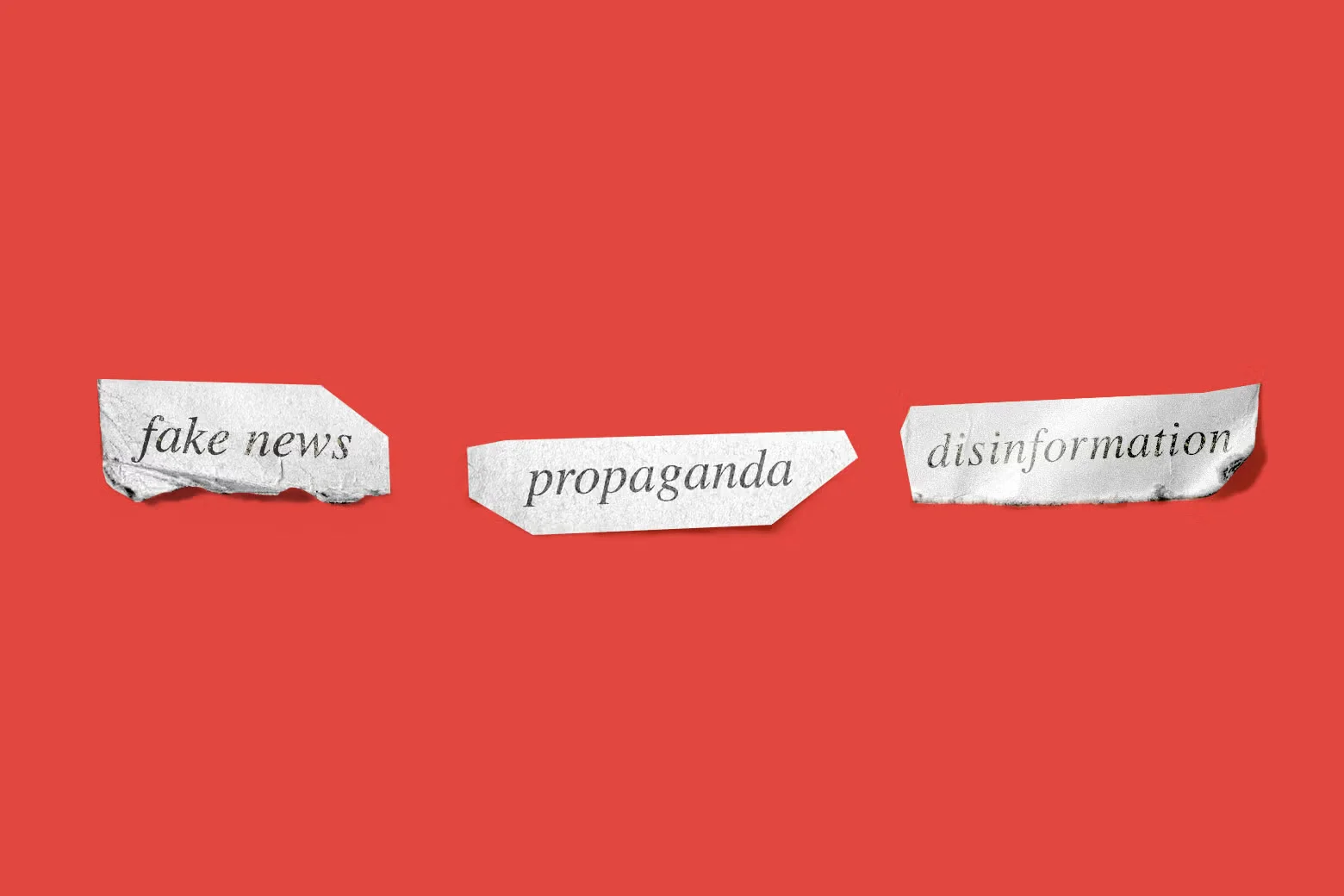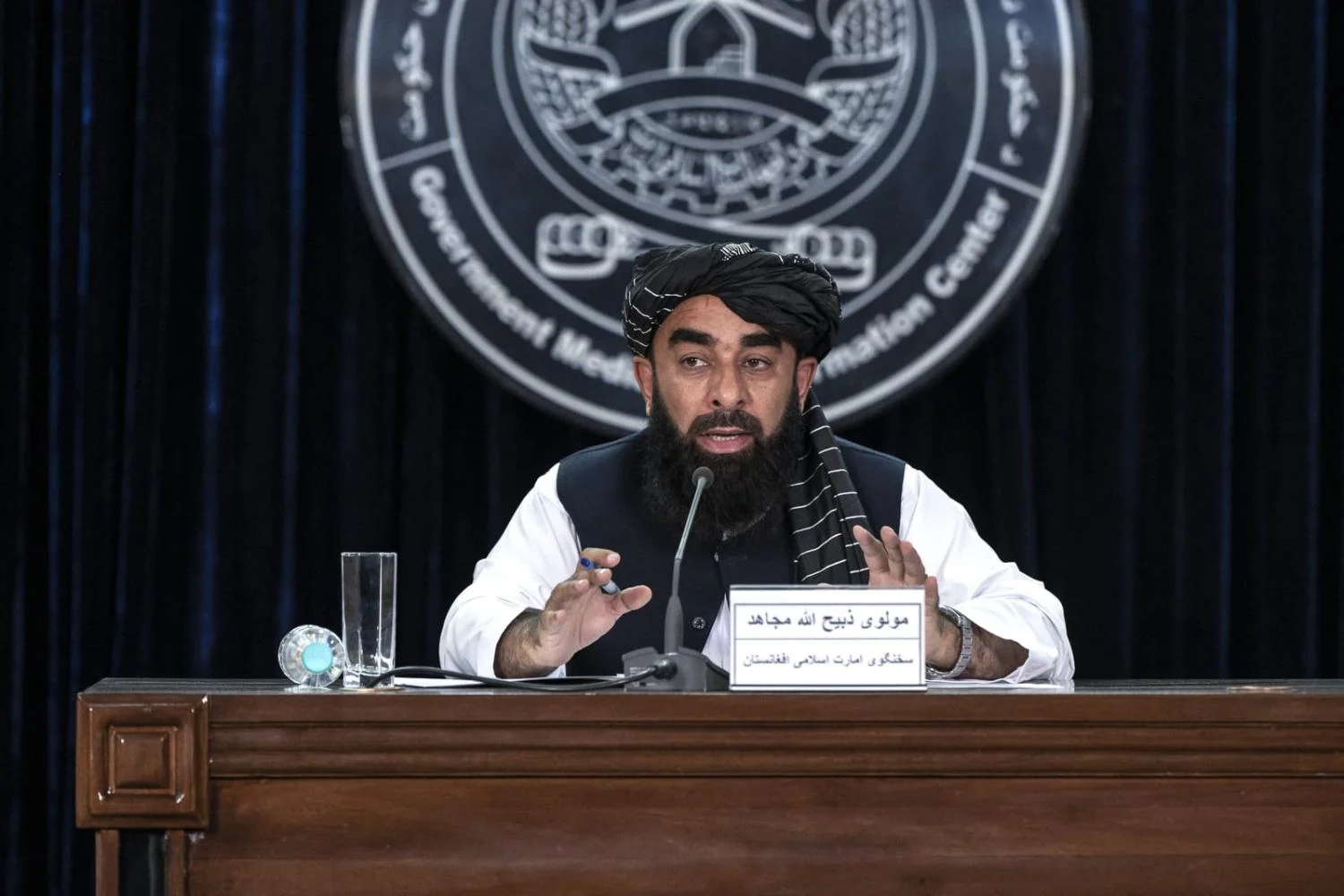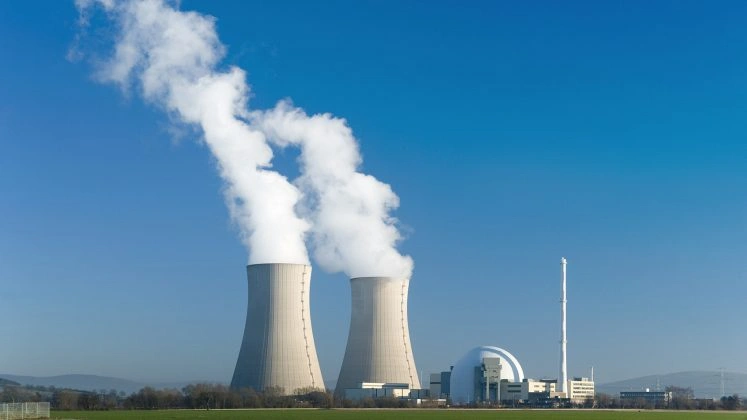Sri Lanka’s export sector continued its growth momentum in February 2025, with total exports reaching US $1.38 billion, reflecting a 4.62 percent year-on-year (YoY) increase, data from the Export Development Board showed.
Merchandise exports rose 3.9 percent to US $ 1.06 billion, led by a strong performance in agricultural shipments, while industrial exports remained steady. Services exports surged 24.37 percent YoY to US $ 326.1 million, driven by gains in ICT/BPM, construction, financial services and transport and logistics.
Apparel and textiles, Sri Lanka’s largest export category, posted a modest 1.42 percent increase to US $ 427.3 million. However, coconut-based products saw a significant 20.93 percent rise, with coconut kernel, fibre and shell products registering strong growth. Coconut oil and milk powder exports stood out, jumping 57.42 percent and 77.88 percent, respectively.
Spices and essential oils recorded a robust 64.98 percent increase to US $ 37.9 million, fuelled by a surge in pepper (243.13 percent), cinnamon (19.32 percent) and cloves (309.56 percent) exports. The boatbuilding sector saw an unprecedented 18,300 percent increase, reaching US $ 3.68 million. Meanwhile, ICT exports climbed 32.14 percent to US $ 141.89 million and logistics and transport services rose 34.91 percent to US $ 170.47 million.
Also See: Sri Lanka: Petitions Against Adani Green Energy Projects Withdrawn
Meanwhile, tea exports, accounting for 12 percent of merchandise exports, fell 6.52 percent YoY to US $ 119.41 million, weighed down by a 22.96 percent drop in bulk tea sales. Rubber and rubber-based products declined 6.33 percent to US $ 83.11 million, while food and beverage exports dipped 4.12 percent to US $ 41.23 million. Seafood exports suffered a sharp 34.24 percent drop to US $ 13.6 million, with fresh fish and shrimp exports plunging 63.75 percent and 81.42 percent, respectively.
Among key markets, India, Germany, the Netherlands and China recorded growth. The US remained Sri Lanka’s top export destination, despite a 3.63 percent YoY drop in February shipments to US $ 240.53 million.
However, cumulative exports to the US for January-February 2025 rose 6.52 percent to US $ 500.71 million. Exports to the UK fell 12.3 percent in February to US $ 72.73 million but recorded a slight 1.22 percent increase over the two-month period.
Sri Lanka is targeting an ambitious export revenue goal of US $ 19 billion for 2025, with merchandise exports expected to reach US $ 14 billion and services exports projected at US $ 4.2 billion. The long-term plan is to increase export earnings to US $ 36 billion by 2030, with US $ 25 billion from goods and US $ 11 billion from services.
This news is sourced from Daily Mirror and is intended for informational purposes only.

![Sri Lanka’s exports grew 4.62% YoY in Feb 2025, reaching $1.38 billion, driven by ICT, coconut, and spices, despite tea declines. [Image via Adaderana Biz English]](https://southasiatimes.org/wp-content/uploads/2025/03/Sri-Lankas-exports-soar-beyond-1.3-billion-in-January-2025.webp)




